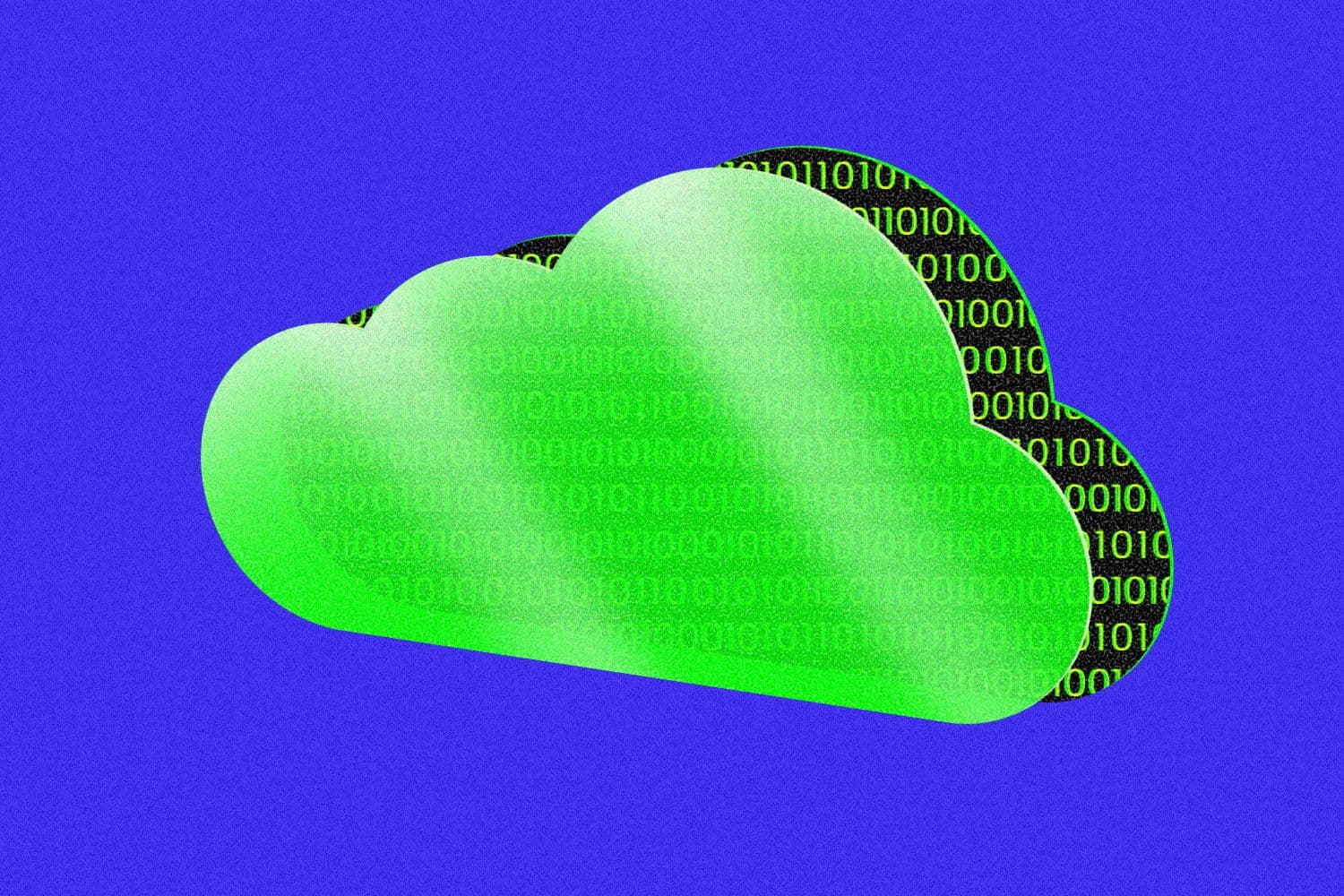Two CTOs weigh in on cloud repatriation vs. expansion
The time is ripe to ditch pricey cloud services—or take even greater advantage of them, depending on who you ask.

Francis Scialabba
• 5 min read
Is the cloud running out of steam?
Cloud repatriation, or reverting cloud workloads and storage back to on-premises or rented data centers, has become a hot topic after the cloud rush of the last few years. A recent Citrix poll found 94% of hundreds of IT and business leaders in the US have repatriated some workloads, while cloud cost control has become a major focus for execs amid skyrocketing cloud spend.
IT Brew talked to two experts: one who says companies should drop the cloud like a hot (and very expensive) potato, and the other who said reverting to on-premises would be a straight downgrade.
Huge savings. David Heinemeier Hansson, co-owner and chief technology officer of web software company 37signals, estimates his firm will save millions of dollars by exiting the cloud. Around $7 million over five years, to be exact.
Hansson said 37signals had been planning repatriation for some time, but kept hesitating due to the high cost of hardware. He finally decided it was time to take action after seeing a weekly cloud bill in the “tens of thousands.”
“That’s when we started running the math and just realizing, ‘Oh, we’re paying Amazon, say, over $2 million a year for a set of hardware rentals that we could buy for half a million,’” Hansson told IT Brew. “‘So wait, are you telling me that the power and internet and setup of that is worth four times the cost of the equipment on a yearly basis with no residue?’”
Hansson said in some cases, purchasing the hardware costs as little as five or six weeks’ worth of cloud bills, even after factoring in major on-premises costs like real estate, personnel, and electricity. While cloud offers some advantages to startup-type firms, Hansson added, no company should enter the cloud without a plan to exit it—or expect they can optimize cloud bills beyond a certain point in the meantime.
“It’s just nuts,” he said. “Unless you’re on it all the time, it’ll run away from you.”
37signals still runs some workloads in the cloud. But it gradually repatriated around seven applications over around the same number of months, Hansson said, beginning with those apps that could be migrated with the least risk of breaking disastrously. The backbone of the company’s software setup is now virtual machines, with kernel-based virtual machines paired with containers set up with Docker.
Top insights for IT pros
From cybersecurity and big data to cloud computing, IT Brew covers the latest trends shaping business tech in our 4x weekly newsletter, virtual events with industry experts, and digital guides.
Key to the migration was picking a data center physically close to the company’s original cloud host, Hansson said, allowing for techniques like migrating databases gradually without having to move application logic.
“Use an architecture that when the time comes, and eventually it will, where it no longer makes sense to be in the cloud, you can pack your bags and get out of there without too much of a hassle,” Hansson added.
More flexibility. Hansson’s skepticism of cloud billing isn’t shared by everyone. John Musser, senior director of engineering at Ford Pro, told IT Brew the company’s commercial fleet management software wouldn’t work without it.
“Nobody thinks of Ford as a B2B SaaS company,” Musser said, yet Ford Pro tries to present a unified software experience for customers that assists them with everything from the initial financing and acquisition of vehicles to monitoring telematics data collected by onboard devices.
“Basically, our customers are licensing that on a per-vehicle, per-seat basis,” Musser said.
One of Ford’s biggest architectural challenges is securely handling so many streams of data. Vehicles, for example, rely on cellular broadband connections that can have spotty bandwidth and service area.
"You don’t want every single piece of data coming off of every device all the time, right?” Musser said. “So, we make strategic choices about what does or doesn’t come off the vehicle.”
Ford runs dozens of legacy apps on-premises—typically commercial off-the-shelf or ones related to manufacturing, Musser said. Additionally, some data processing is done in the vehicles themselves.
However, the bulk of Ford Pro’s compute data storage occurs on Google Cloud Platform. Musser said cloud and distributed computing provides flexibility on everything from over-the-air updates to dynamic scaling.
“It’s a modern infrastructure. It’s managed. A lot of the heavy lifting is managed by a partner, in this case primarily Google,” Musser said. “That dynamic scaling is really important…the ability to automate it and make it much more consistent is hugely beneficial to us from an effectiveness perspective.”
Another benefit is that Ford Pro can direct its engineers’ energy and talent where it’s most needed rather than unnecessarily replicating software it could acquire elsewhere, Musser said. For example, he said, Ford uses Salesforce cloud products for sales, marketing, and servicing.
That “allows us to have a better view of the customer, greater flexibility,” Musser said. “And we don’t necessarily have to build that ourselves.”
Top insights for IT pros
From cybersecurity and big data to cloud computing, IT Brew covers the latest trends shaping business tech in our 4x weekly newsletter, virtual events with industry experts, and digital guides.